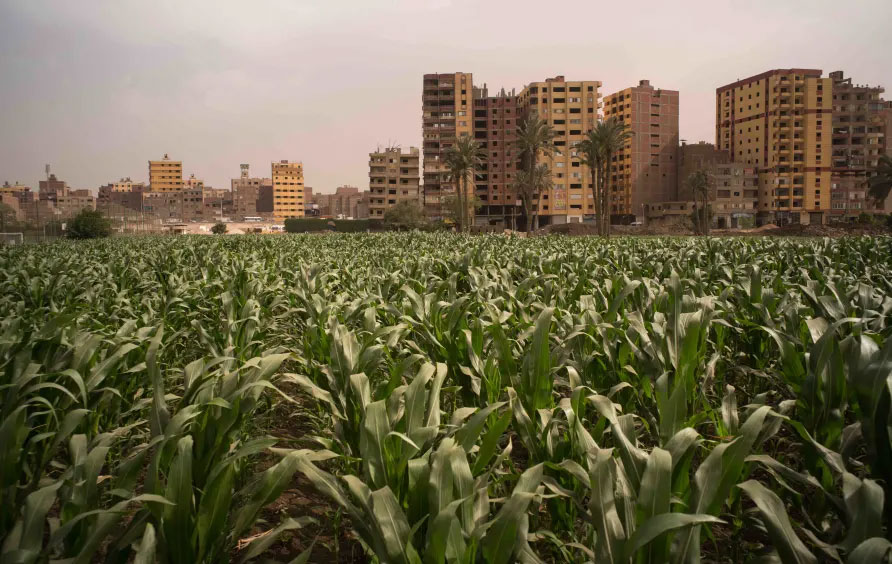Picture this: sprawling green fields giving way to towering skyscrapers and bustling neighborhoods. As our cities expand and evolve, the transformation of agricultural land into commercial and residential zones seems inevitable. But have you ever wondered about the hidden costs of this rapid urbanization? Beyond the convenience of new homes and business hubs lies a troubling reality: the environmental impact and its role in driving climate change. Join us as we delve into the unseen consequences of this land-use change and explore practical solutions to create a sustainable future.
This blog will explain these impacts and suggest ways to tackle them


The changes to the environment caused by converting farmland to urban areas add to climate change in several ways. Loss of vegetation reduces the planet’s ability to absorb carbon dioxide, while increased urban activities release more greenhouse gases. Urban areas also tend to be warmer than rural areas, contributing to global warming. These changes lead to more extreme weather, rising sea levels, and shifting weather patterns.
To address these problems, we need to balance development with environmental protection. Here are some strategies:
Turning farmland into commercial and residential areas has serious environmental impacts and contributes to climate change. However, by adopting smarter planning, supporting green infrastructure and sustainable farming, enforcing land use regulations, and raising public awareness, we can mitigate these effects. It’s essential to take action now to protect our environment and ensure a sustainable future for everyone.
© Agri Angels Trust 2024